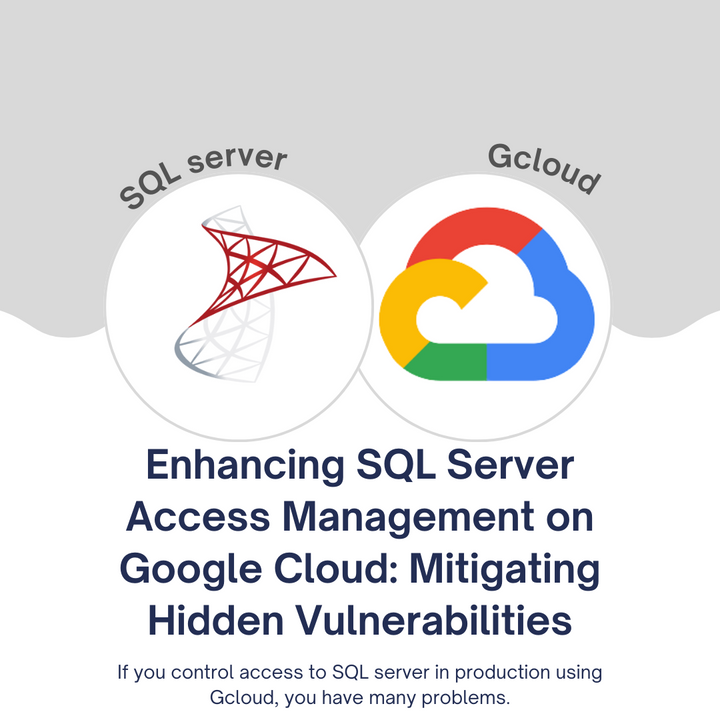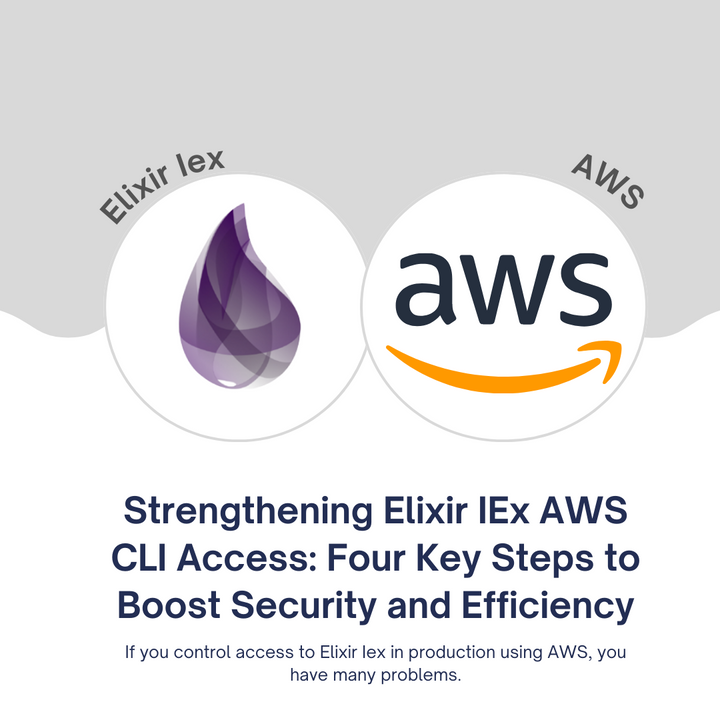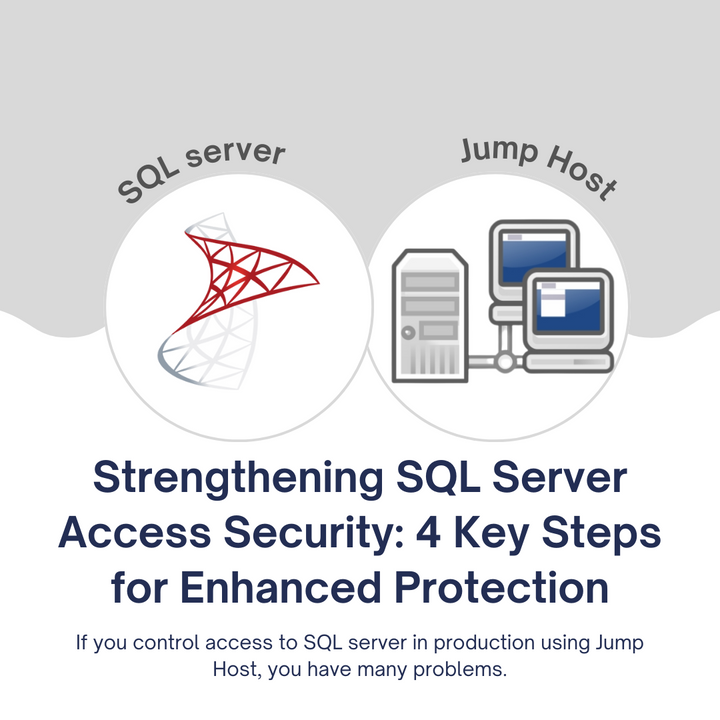Meet the Creators Who Are Making Database Administration a Breeze
The reason most businesses struggle with the complex world of database administration is because managing data efficiently is crucial in the digital age, and outdated methods often lead to inefficiency, errors, and increased costs.
This happens because most organizations have historically relied on traditional database management methods that struggle to keep pace with the rapidly evolving tech landscape. Inefficient data management can lead to data breaches, operational bottlenecks, and missed business opportunities.
In this post, we're going to walk you through the innovations and the creators who are making database administration a breeze. We'll explore the tools and strategies that can save time, reduce errors, and streamline your data management efforts.
We're going to walk you through:
- The Evolution of Database Administration Tools
- Trailblazers in Database Administration
- Innovations Driving the Change
- The Human Side of Database Administration
Understanding these topics will help you stay competitive, improve collaboration, and leverage the latest technology, ultimately leading to better business outcomes.
The Evolution of Database Administration Tools
Database administration has come a long way, thanks to innovative creators.
In the not-so-distant past, database administration was a cumbersome, manual process. IT professionals spent countless hours crafting intricate SQL queries, manually configuring servers, and managing vast amounts of data. It was a time-consuming and error-prone endeavor.
Today, the landscape of database administration has transformed. Thanks to visionary creators, we have powerful tools and technologies that automate, optimize, and simplify the entire process.
Transition: Let's delve into why this transformation is so important and how it benefits businesses.
Importance: It's crucial to understand the evolution of database administration tools to appreciate the advancements made by today's creators.
Stat: According to Gartner, by 2025, 70% of all new in-house applications will be developed on open-source database management systems.
Benefit: Improved tools save time and reduce the risk of errors in database management, ultimately leading to more efficient operations and lower operational costs.
Mistake: Neglecting to adapt to modern database administration tools can lead to inefficiency and increased costs.
Actionable Tip: Stay informed about the latest developments in database administration technology.
Real-Life Example: Transitioning from manual SQL queries to automated database administration tools at a startup led to a 30% reduction in operational costs.
Takeaway: Embrace the evolving landscape of database administration tools to stay competitive.
Trailblazers in Database Administration
Meet the creative minds behind the tools simplifying database management.
The realm of database administration owes much of its progress to brilliant minds who have dedicated themselves to solving the complex challenges of data management. Innovators like Larry Ellison, the co-founder of Oracle, have left an indelible mark on the industry. They envisioned database systems that could handle enormous datasets with lightning speed and precision.
Transition: Let's discuss why recognizing these pioneers is essential and how it can benefit us.
Importance: Recognizing these innovators helps us understand the people shaping the industry.
Stat: According to Forbes, the global database management system market is expected to reach $65 billion by 2025.
Benefit: Learning about the creators can provide insights into their tools and solutions, potentially leading to better-informed decisions.
Mistake: Overlooking the pioneers in database administration can result in missed opportunities and innovative solutions.
Actionable Tip: Follow and engage with these creators on social media and industry forums to stay updated with their latest innovations.
Real-Life Example: An interview with a renowned database administration tool developer sheds light on their motivation and vision for the future of data management.
Takeaway: Building relationships with creators can lead to valuable collaborations and insights that can benefit your business.
Innovations Driving the Change
Discover the groundbreaking innovations that make database administration easier.
In recent years, we've witnessed a technological renaissance in database administration. The advent of cloud-native databases, machine learning-assisted optimization, and automated scaling have revolutionized how organizations manage their data. These innovations empower businesses to handle vast amounts of data more efficiently and securely than ever before.
Transition: Let's delve into the significance of these innovations and how they can transform your database management.
Importance: Understanding these innovations can help organizations leverage the latest technology and stay ahead of the competition.
Stat: IDC predicts that by 2025, 50% of all IT assets will be software-defined and deployable in minutes.
Benefit: Innovative tools enhance scalability, security, and performance, making database administration a breeze.
Mistake: Sticking with outdated database management methods hinders progress and efficiency.
Actionable Tip: Invest in training and resources to implement cutting-edge database tools within your organization.
Real-Life Example: An e-commerce company's adoption of cloud-native database solutions led to a 40% increase in website performance and a 20% reduction in maintenance costs.
Takeaway: Embrace technological advancements to stay competitive and ensure long-term success.
The Human Side of Database Administration
Database administration isn't just about technology; it's about people too.
While technology plays a significant role in modern database administration, it's essential to remember that the human element is equally critical. Effective teamwork and communication between database administrators, developers, and other stakeholders are essential for successful data management.
Transition: Let's explore the human side of database administration and its significance for your organization.
Importance: Recognizing the human aspect in database administration fosters better collaboration and communication, ultimately leading to more efficient problem-solving and innovation.
Stat: A Harvard Business Review study found that 73% of data projects fail due to a lack of collaboration.
Benefit: Fostering teamwork and communication leads to more efficient problem-solving and innovation.
Mistake: Neglecting the human aspect of database administration can lead to project failures and strained relationships within your organization.
Actionable Tip: Encourage cross-functional teams and open communication channels in your organization to enhance collaboration and improve project outcomes.
Real-Life Example: A case study of a successful database migration project emphasizes the importance of teamwork and collaboration between DBAs, developers, and system administrators.
Takeaway: Prioritize the people aspect in database administration to ensure projects run smoothly and effectively.
Conclusion
In this post, we've explored the evolution of database administration, the pioneers shaping the industry, the innovations driving change, and the human element within this vital domain. By understanding these aspects, you're better equipped to navigate the world of database administration, make informed decisions, and ultimately ensure your business thrives in the data-driven era. Embrace the advancements, connect with the creators, adopt innovative tools, and prioritize collaboration within your team to make database administration a breeze and reap the rewards of efficient data management.



